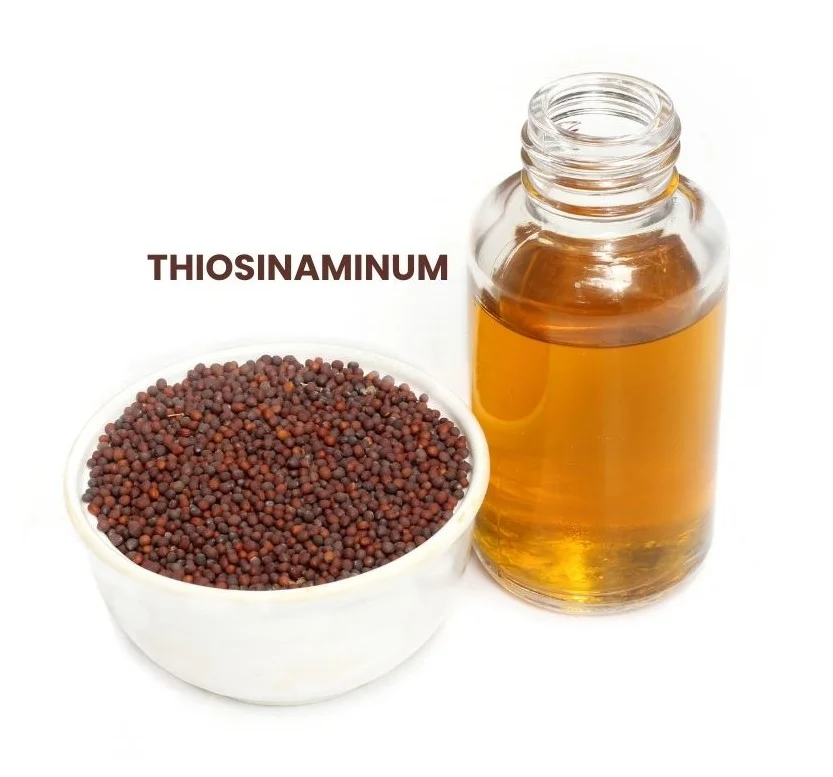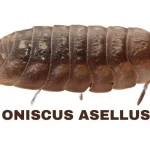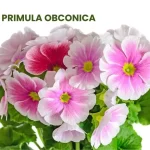Thiosinaminum, also known as Rhodallin, is a chemical derived from oil of mustard seed.
It is used in homeopathy for its solvent properties, both externally and internally, which are believed to dissolve scar tissue, tumors, enlarged glands, and various other conditions.
Thiosinaminum has been suggested for a range of ailments, including skin conditions, eye disorders, ear problems, and even for retarding the effects of aging.

SOURCE INFORMATION
Common Names
- Thiosinaminum
- Rhodallin
Origin
- Thiosinaminum is a chemical compound derived from oil of mustard seed.
Historical Background
- Thiosinaminum, also known as Rhodallin, has been utilized in homeopathy for its solvent properties since the late 19th century.
- Its origins trace back to experiments involving the chemical constituents of mustard seed oil.
- Over time, homeopaths and practitioners have explored its potential therapeutic uses, particularly for its purported ability to dissolve scar tissue, tumors, enlarged glands, and other pathological conditions.
Note: Thiosinaminum is not sourced from a botanical plant species; instead, it is synthesized chemically from mustard seed oil.
CLINICAL APPLICATIONS
- Scar tissue dissolution
- Tumors
- Enlarged glands
- Lupus
- Strictures
- Adhesions
- Ectropion
- Opacities of cornea
- Cataract
- Ankylosis
- Fibroids
- Scleroderma
- Tabes dorsalis (improving lightning pains)
- Gastric, vesicle, and rectal crises
- Stricture of the rectum
KEY CHARACTERISTICS
Ear Symptoms
- Arterio-sclerotic vertigo
- Tinnitus
- Catarrhal deafness with cicatricial thickening
- Subacute suppurative otitis media with formation of fibrous bands impeding ossicle movement
- Thickened drum
- Deafness due to fibrous changes in the nerve
DOSAGE
External Use: Inject under the skin or into the lesion a 10% solution in glycerine and water, 15-30 drops twice a week.
Internal Use
- In capsules, 1/2 grain daily.
- For obstinate arterio-sclerotic ailments, 1/2 grain, three times a day.
- Vertigo and arthritis: 2x attenuation.
Frequently Asked Questions
What conditions can Thiosinaminum be used for?
Thiosinaminum is indicated for various conditions including scar tissue, tumors, enlarged glands, lupus, strictures, adhesions, ectropion, opacities of cornea, cataract, ankylosis, fibroids, scleroderma, tabes dorsalis, gastric, vesicle, and rectal crises, and stricture of the rectum.
How is Thiosinaminum administered?
It can be administered externally by injecting a 10% solution under the skin or into the lesion, or internally in capsule form, typically 1/2 grain daily.
What are the key symptoms indicating the use of Thiosinaminum for ear problems?
Thiosinaminum may be beneficial for symptoms such as arterio-sclerotic vertigo, tinnitus, catarrhal deafness with cicatricial thickening, subacute suppurative otitis media with fibrous bands, thickened drum, and deafness due to fibrous nerve changes.
Meaning of Difficult Words
- Arterio-sclerotic: Relating to or affected by arteriosclerosis, a disease involving the hardening and narrowing of the arteries.
- Cicatricial: Relating to or involving scar tissue formation.
- Ossicles: The three small bones in the middle ear: the malleus, incus, and stapes.
- Ankylosis: Abnormal stiffening and immobility of a joint due to fusion of the bones.













Leave a Reply